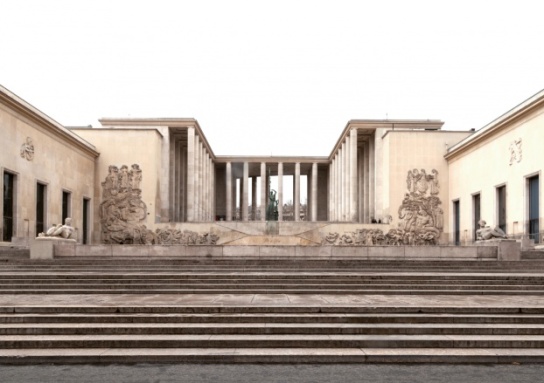
Architects: Fernando Menis Architects Location: Adeje, Spain Project Year: 2006 Photographs: Simona Rota, Courtesy of Fernando Menis Architects










#
Your Custom Text Here

Architects: Fernando Menis Architects Location: Adeje, Spain Project Year: 2006 Photographs: Simona Rota, Courtesy of Fernando Menis Architects










#

Architect: Sancho-Madridejos Architecture Office Location: Almadén, Ciudad Real, Spain Year: 2001 Photographs: Hisao Suzuki





#

Architects: 2b architectes, nb.arch Location: Corpataux-Magnedens, Switzerland Year: 2007 Photographs: Thomas Jantscher



















Architects: Grafton Architects Location: Milan, Italy Year: 2008 Photographs: Alice Clancy, Brunetti
















Architects: Jean-Claude Dondel, André Aubert, Paul Viard, Marcel Dastugue + Lacaton&Vassal Location: Paris, France Year: 1937/2002 Photographs: +Plans: Courtsey of Chair Caruso St John ETH Zurich
















Architects: realarchitektur Location: Berlin, Germany Year: 2007 Photographs: Hanns Joosten, Noshe, Ailine Liefeld

Architects: Claus en Kaan Architecten Location: Amsterdam, The Netherlands Year: 2007 Photographs: Christian Richters, Luuk Kramer
Architects: Pezo von Ellrichshausen
Location: Eduardo Park, Chile
Year: 2003
Photography: Courtsey of Pezo von Ellrichshausen
"These five perimeters operate as fences that confine a progressive sequence of interiority and depth of the space. Seen from the outside the exterior perimeter is a compact horizontal block. In the interior space is closed laterally and opens to the sky and the ground. This configuration establishes a series of paths along narrow spaces, verti-cal in section, that dissolve into a cubic central space confined within the smallest perimeter.
With this, what we were really looking for was a way to evidence how relative and artificial the distinctions of limits within a work of architecture are and, hence, within one of art. We are interested in exploring the points of transmission, or friction, between one place and another. We think of the doors as a turning point that sub-verts temporally the definition of space, adding a dynamic dimension to the construction of walls in a work of architecture, something that could be seen as a key that regulates the fluctuation of forces.
After a brief installation in a public park, the doors were donated to public housing and the structure was the only thing that remained in the place, apparently indestructible due to its naked-ness or, as Breuer said about his chairs, because its volume occupies no space."
Pezo von Ellrichshausen